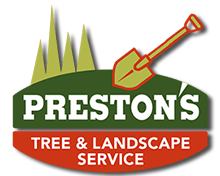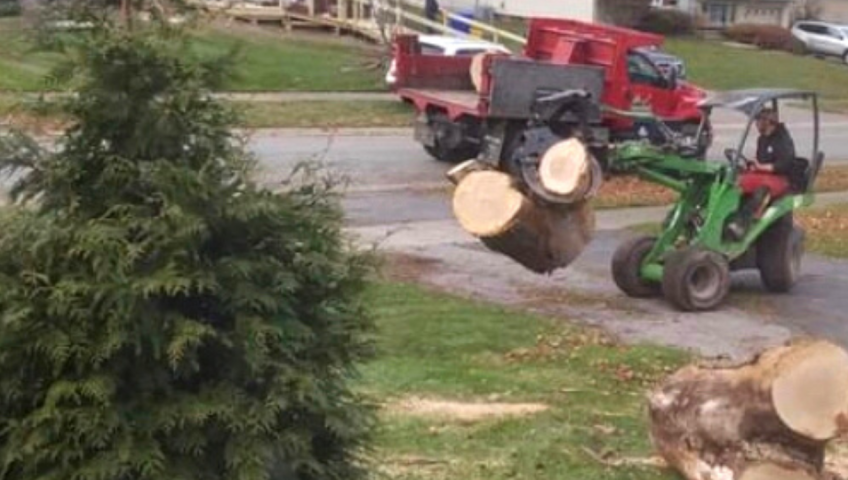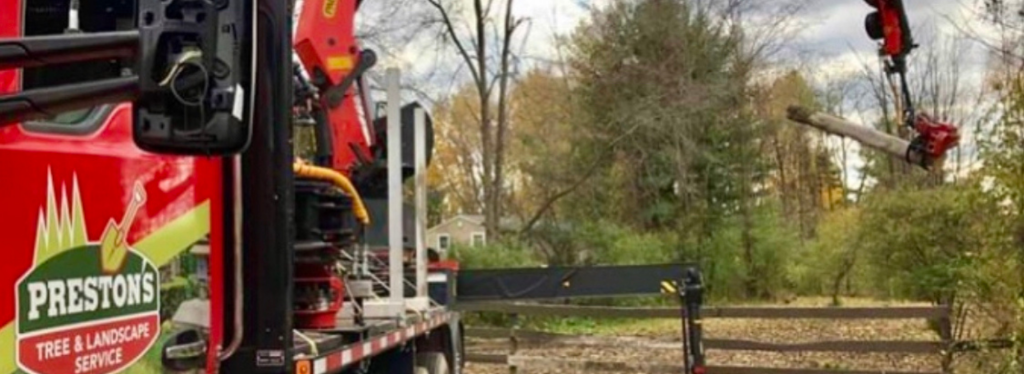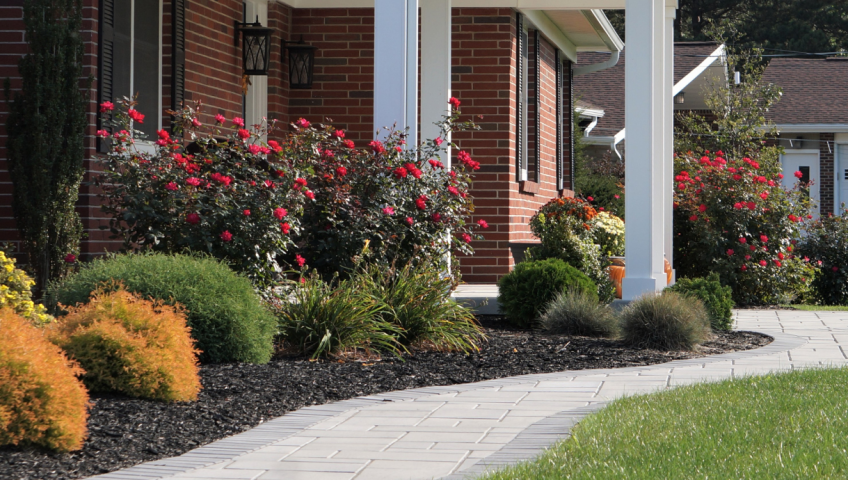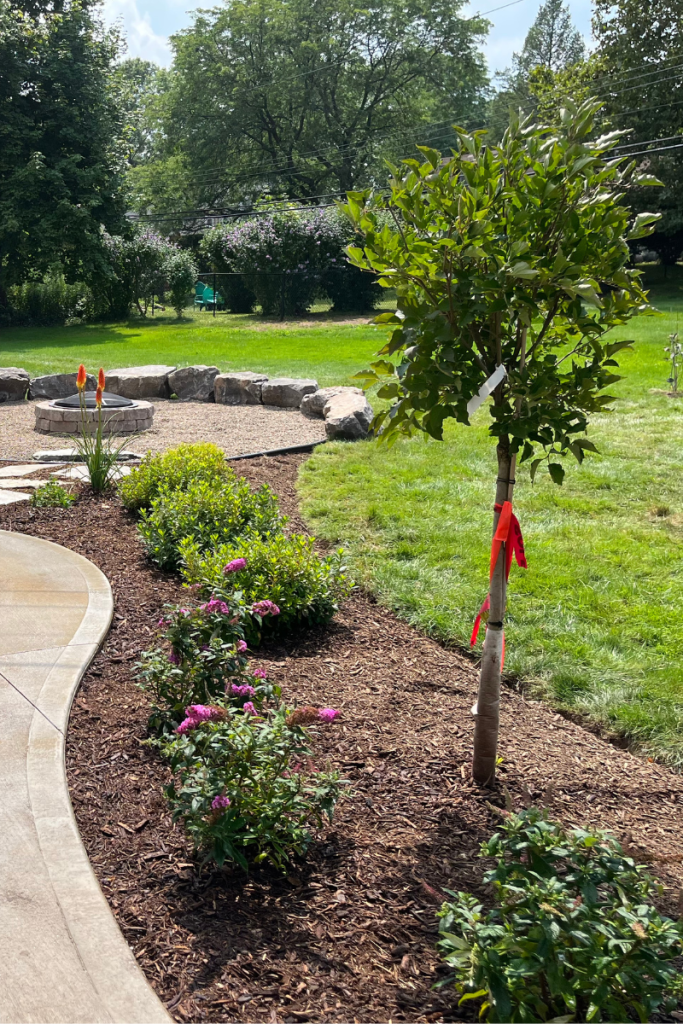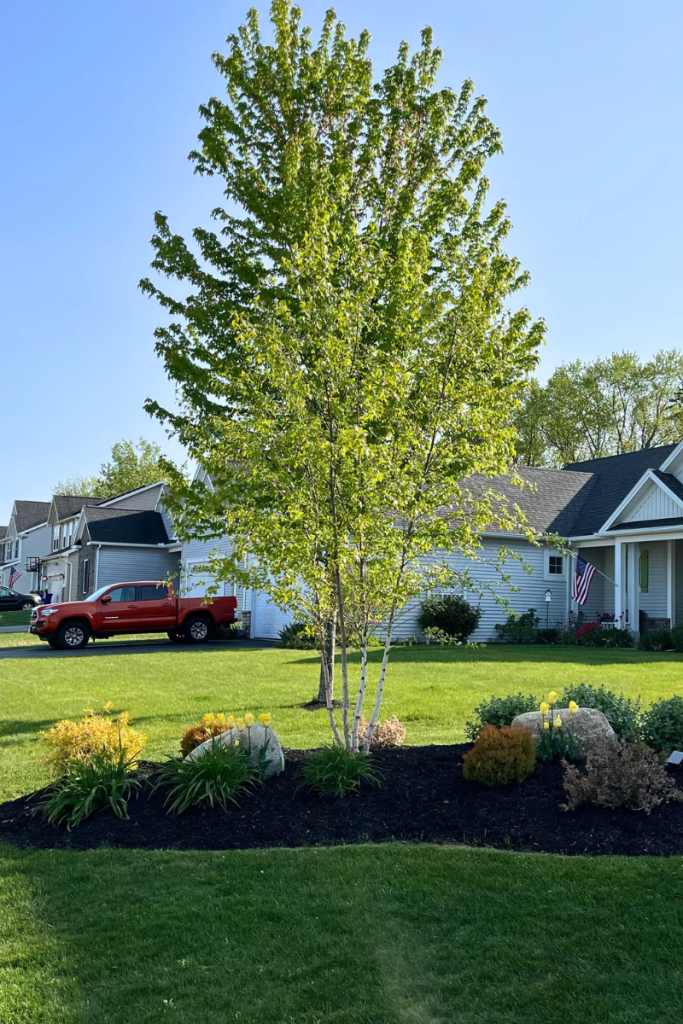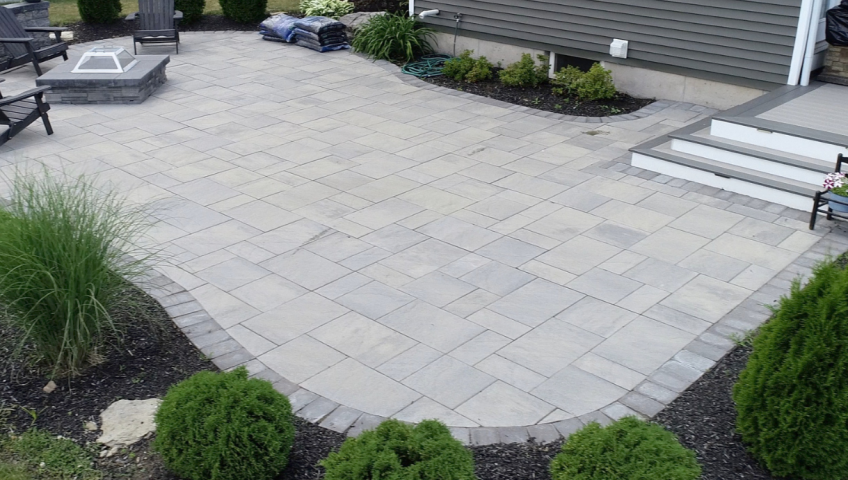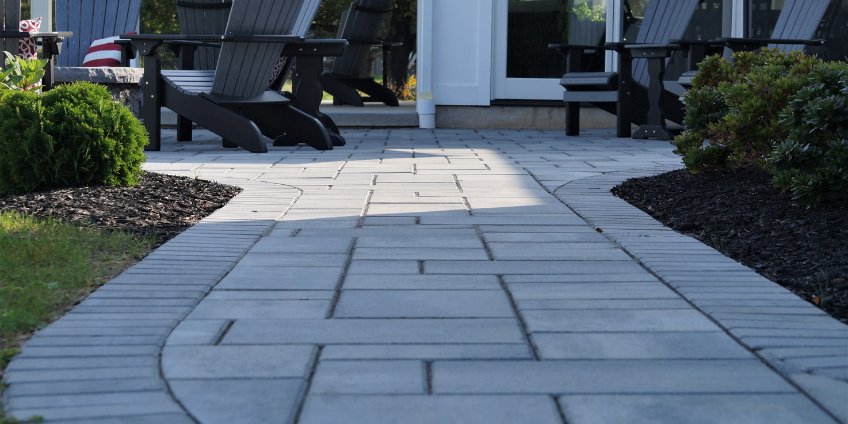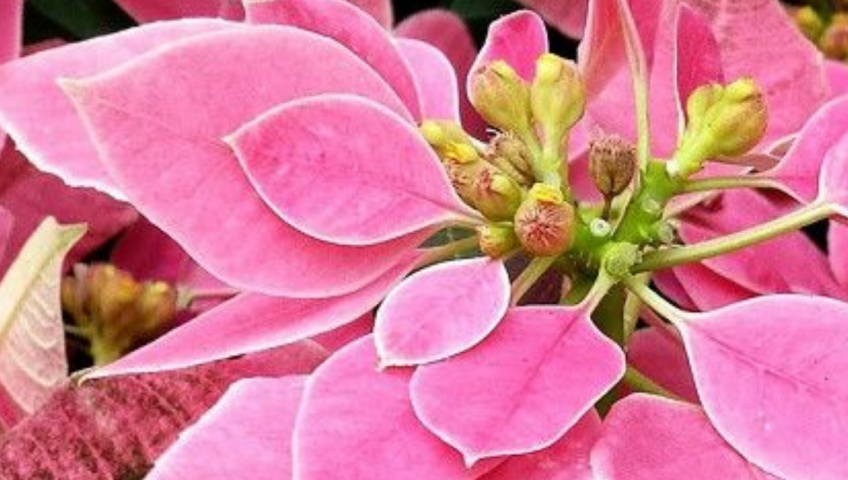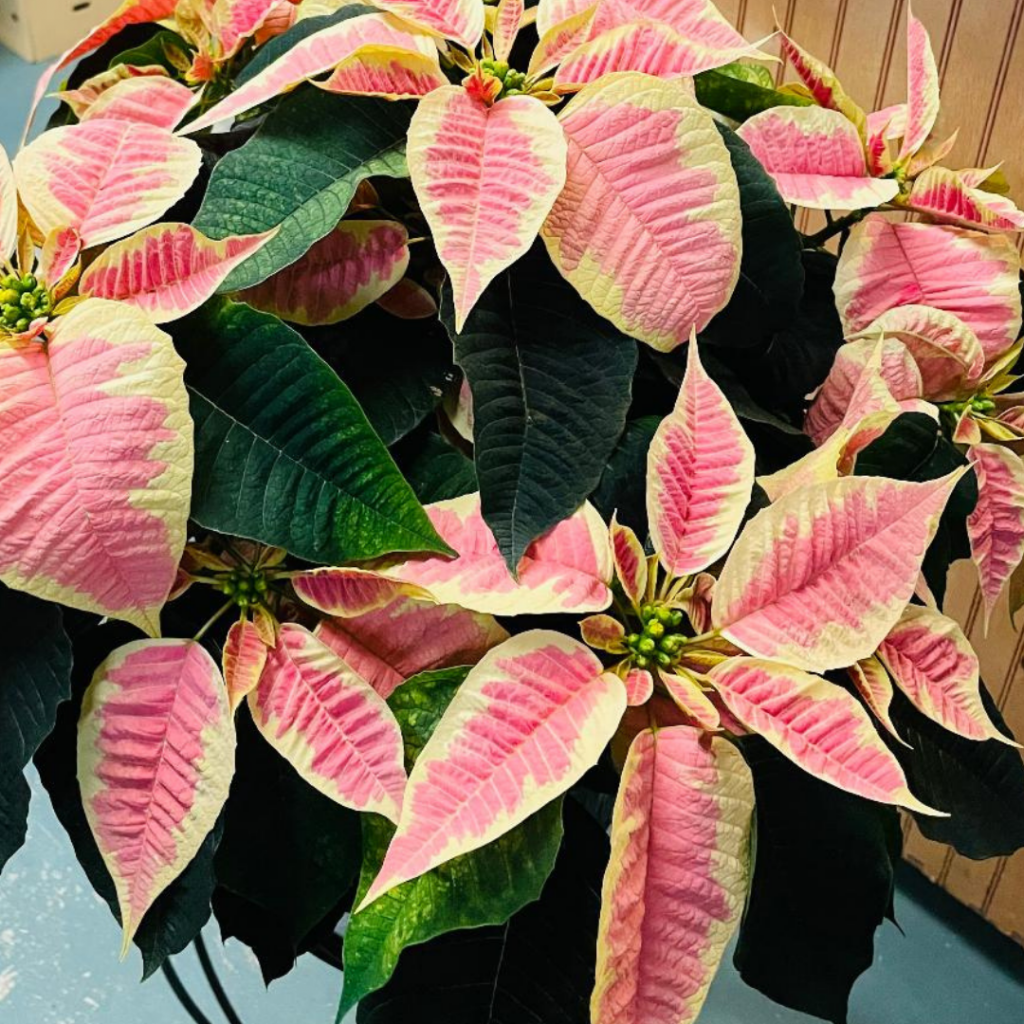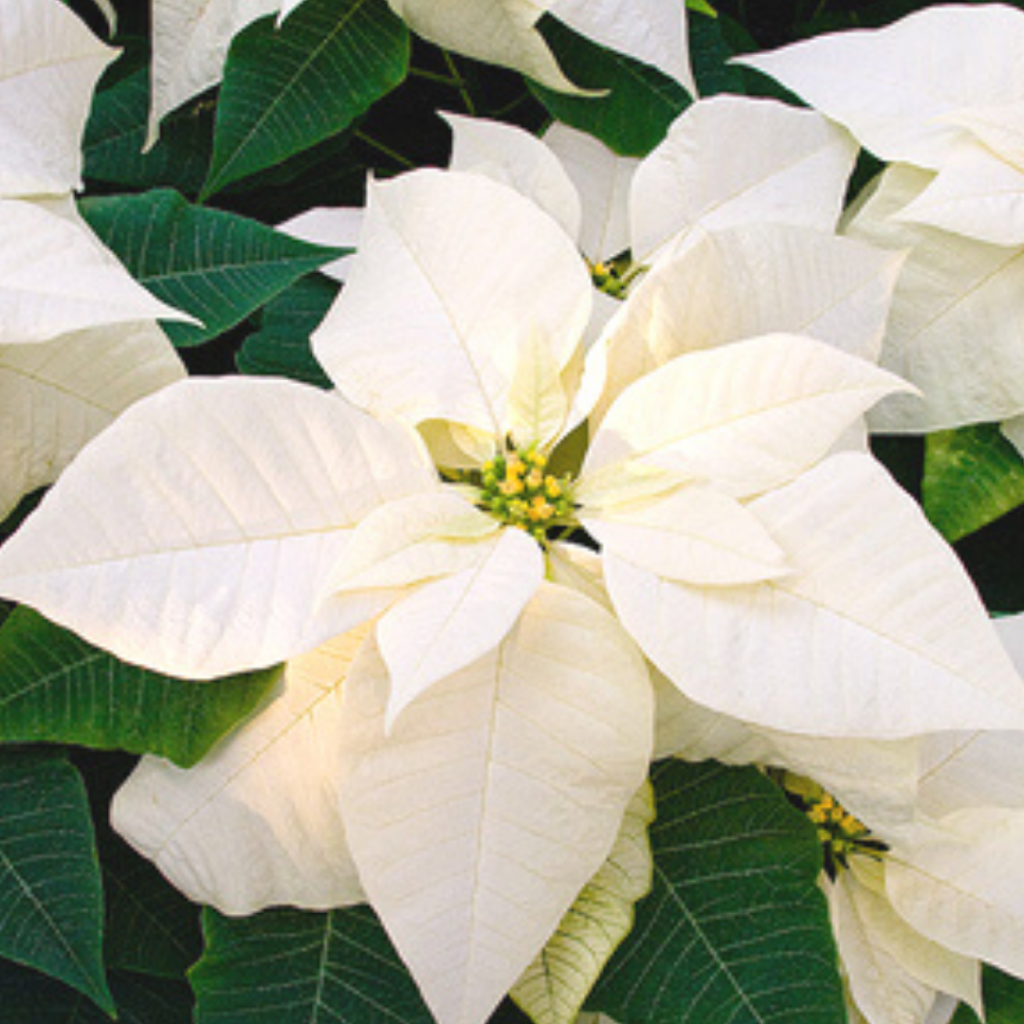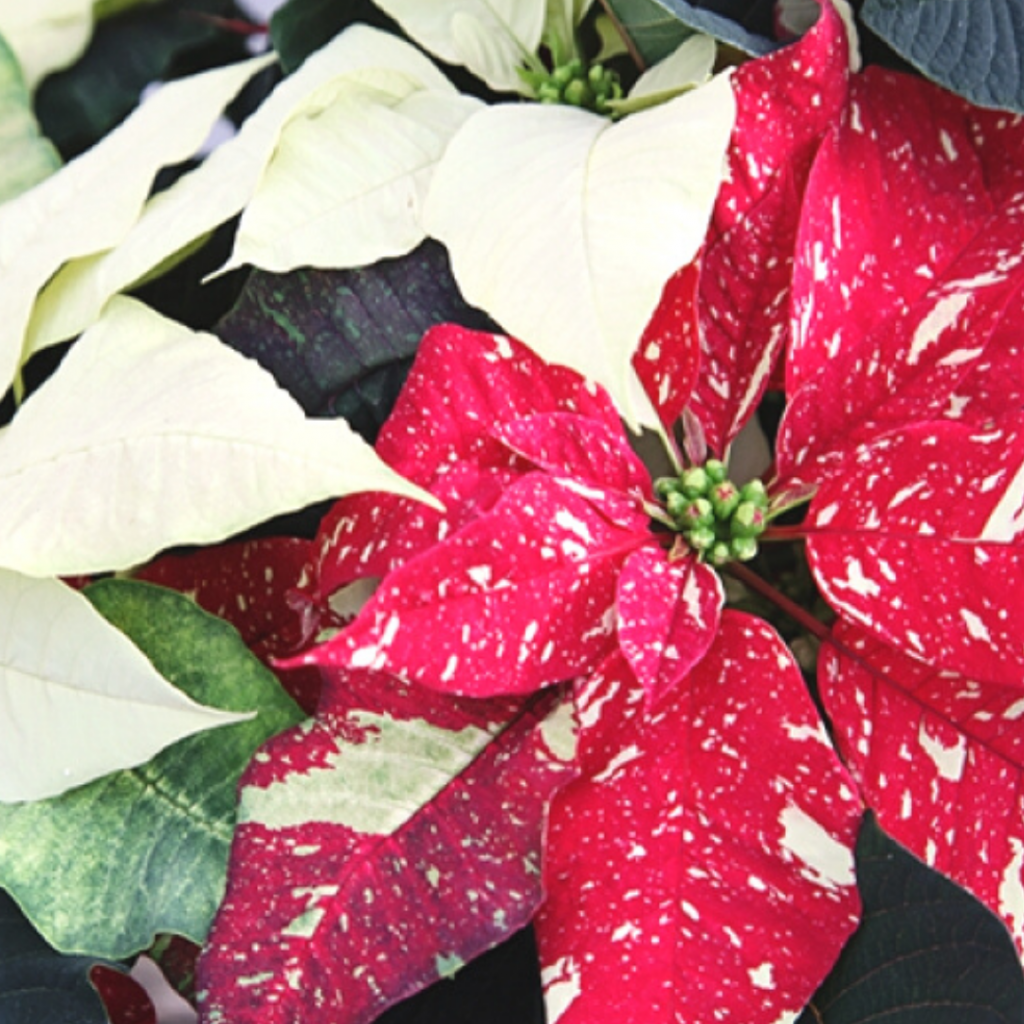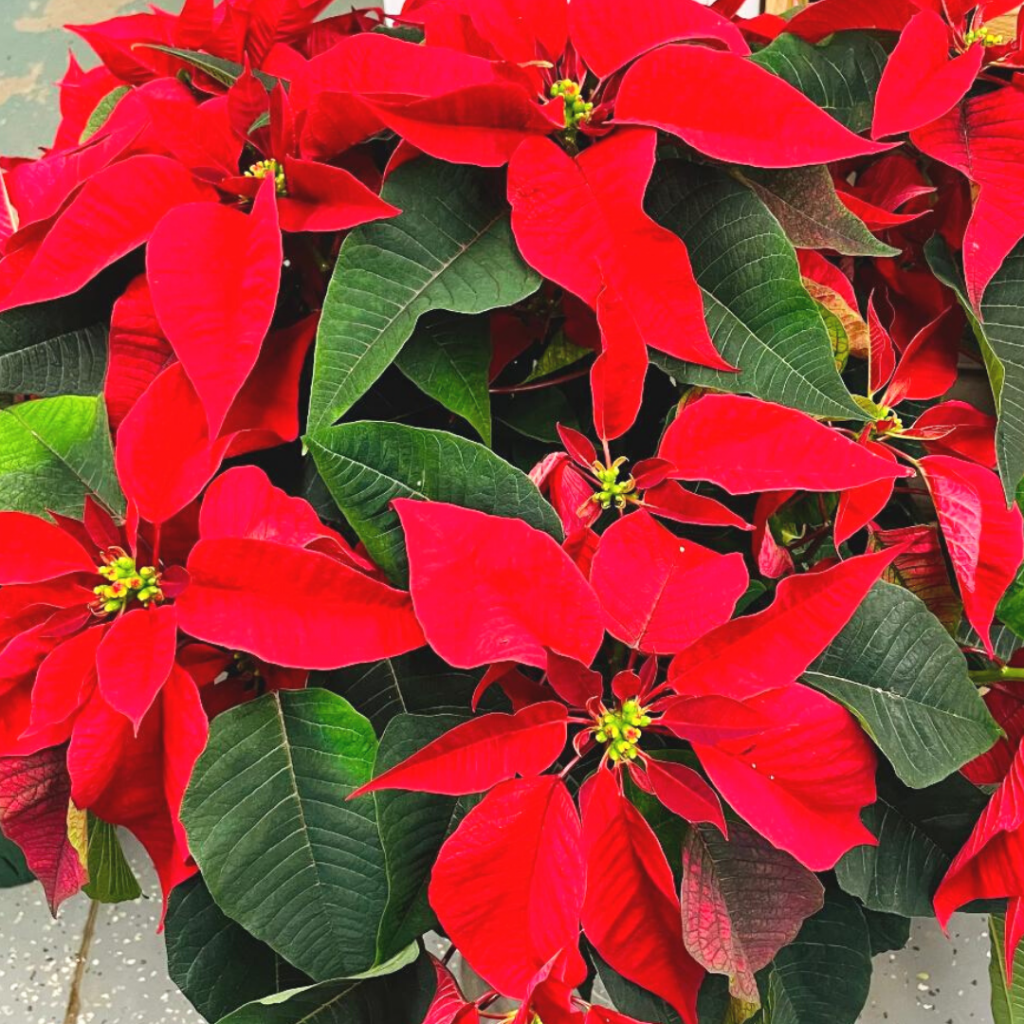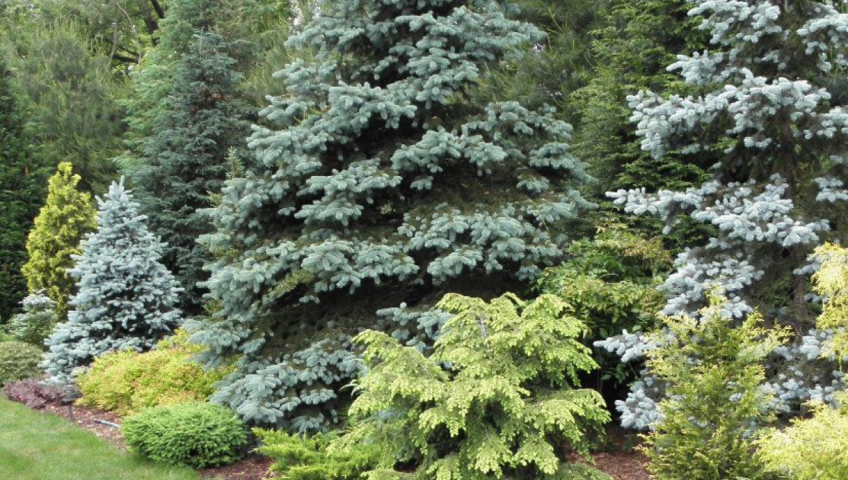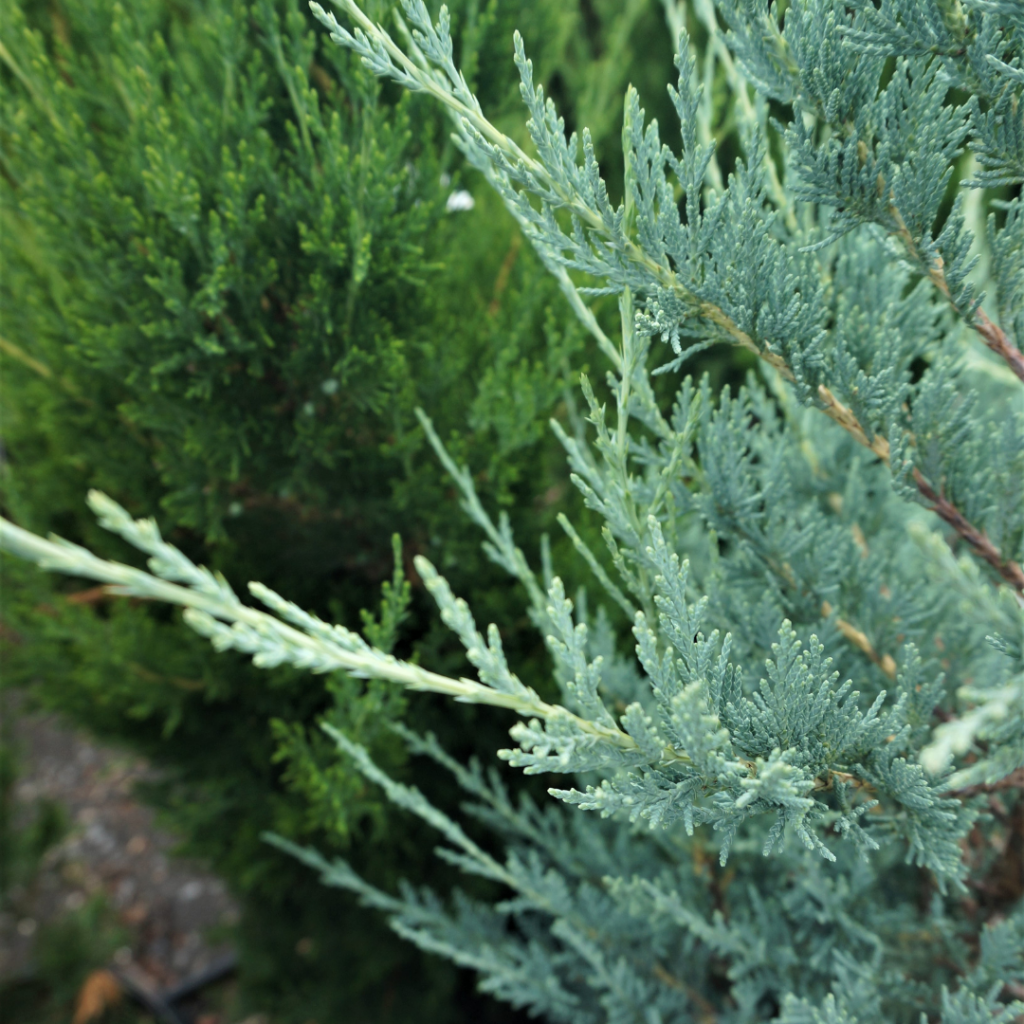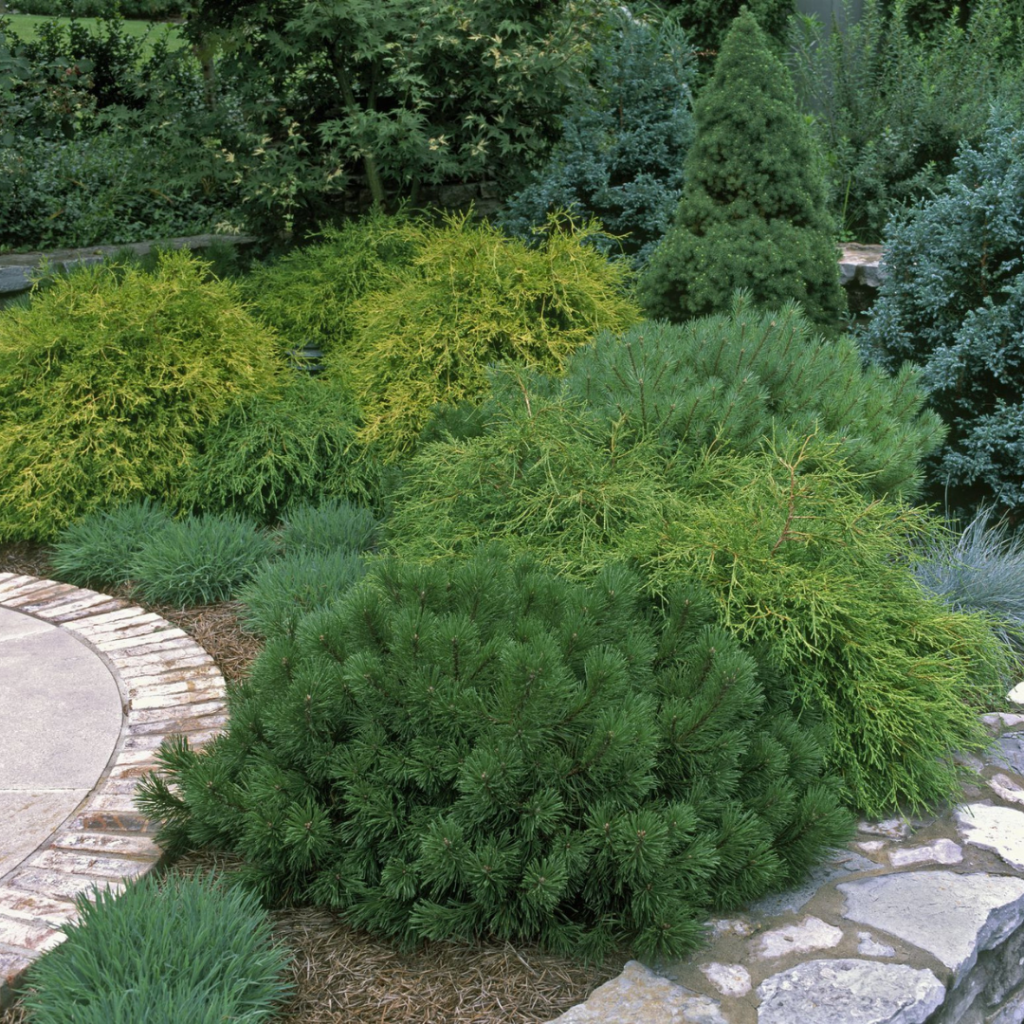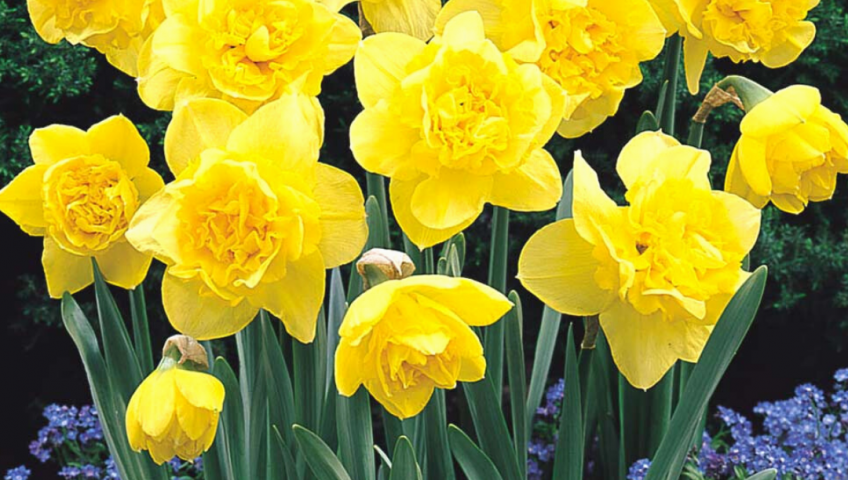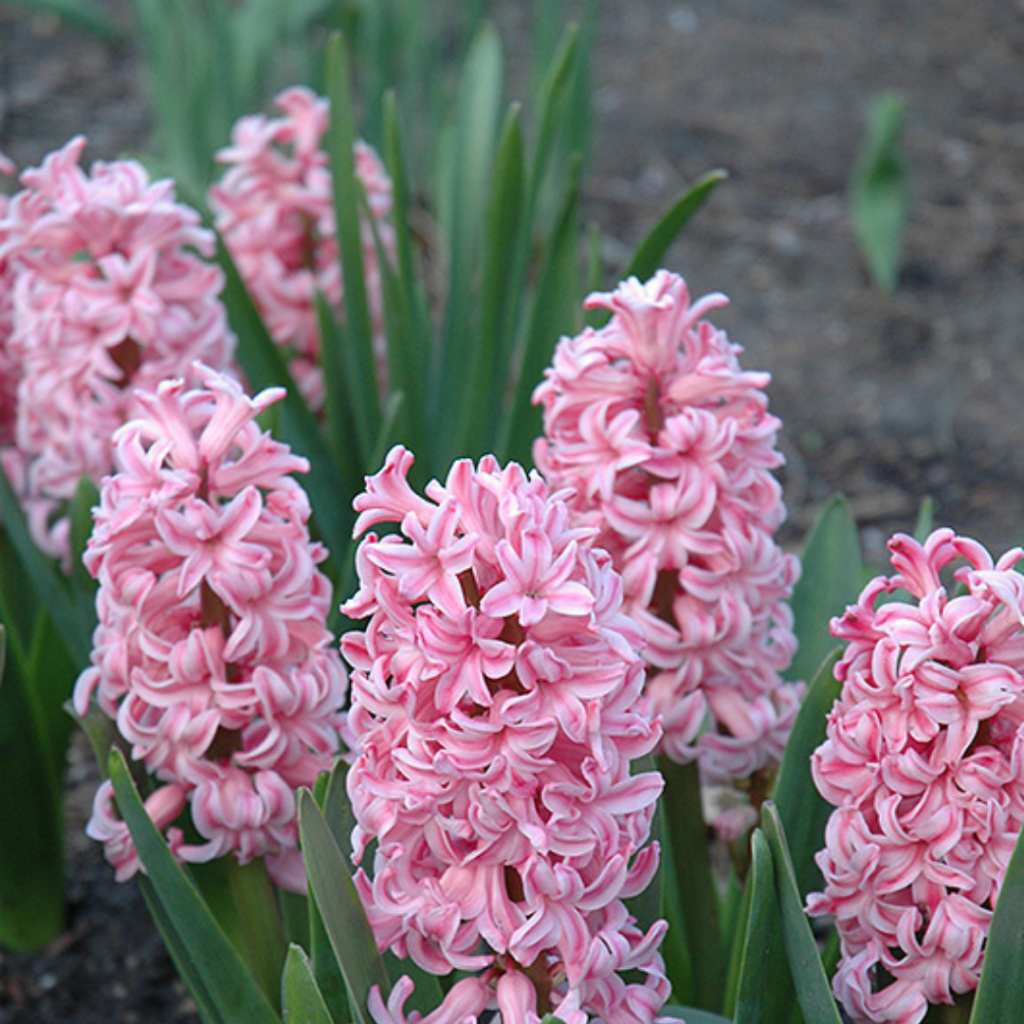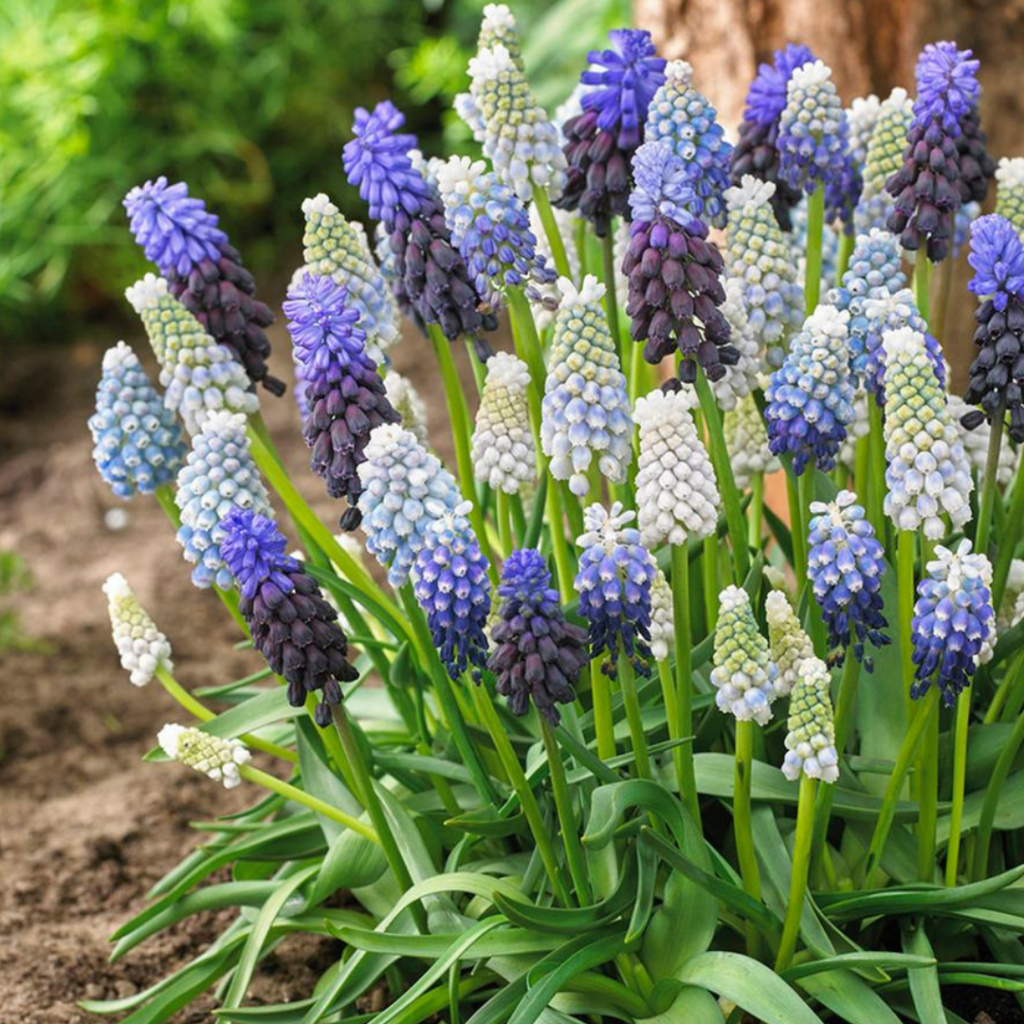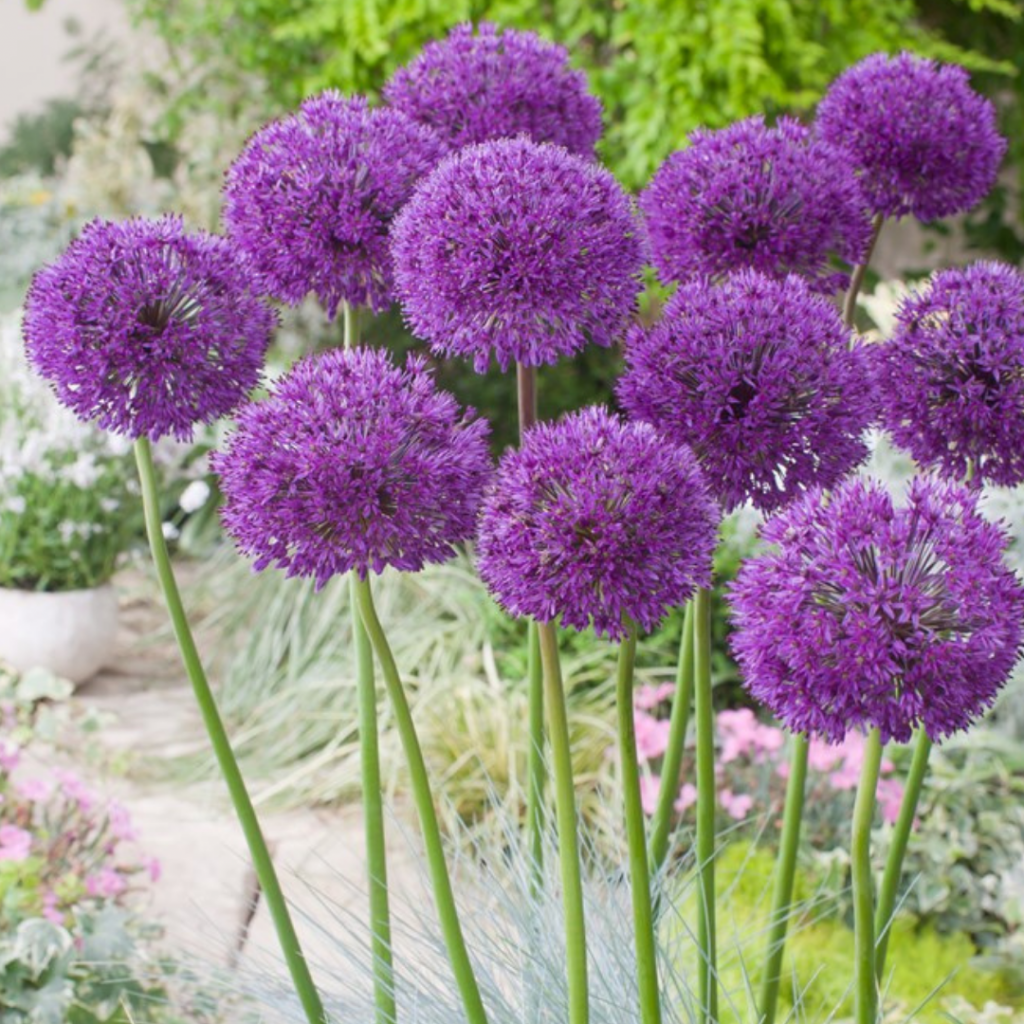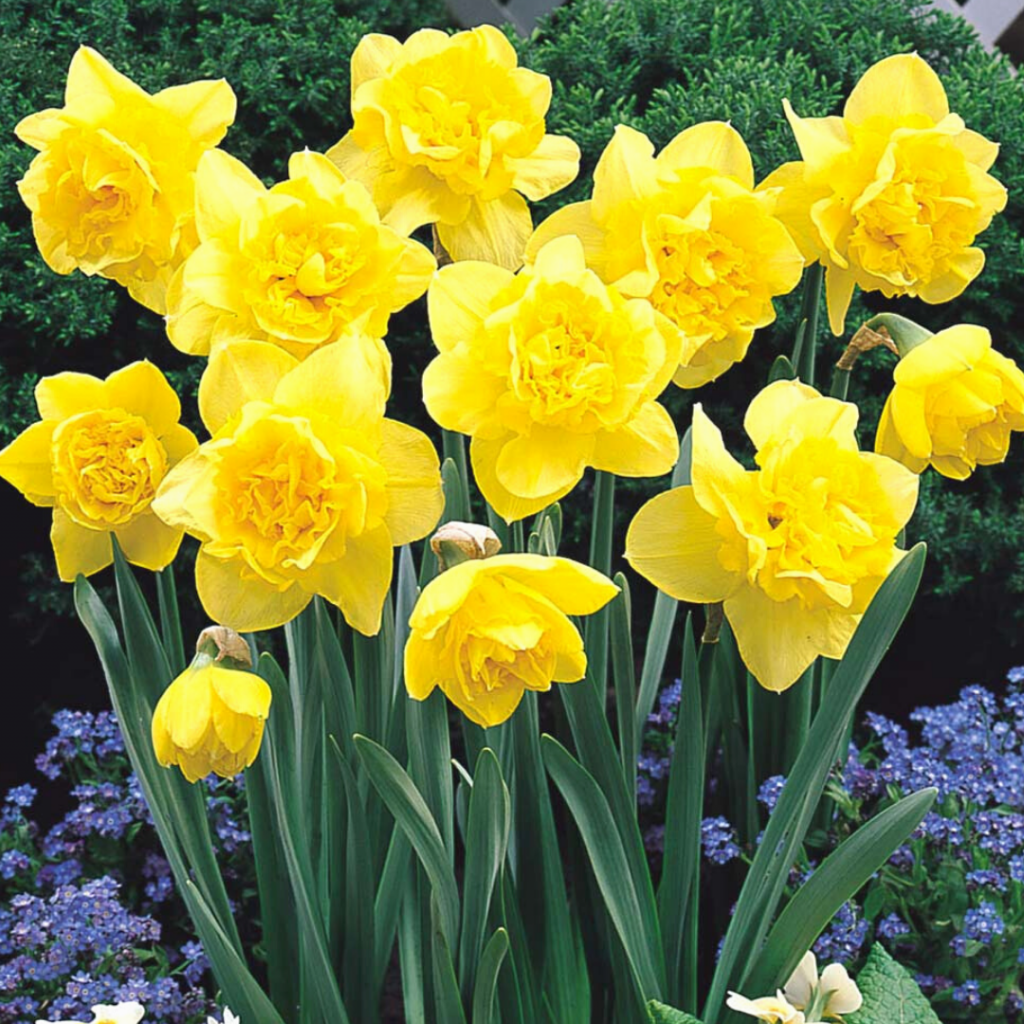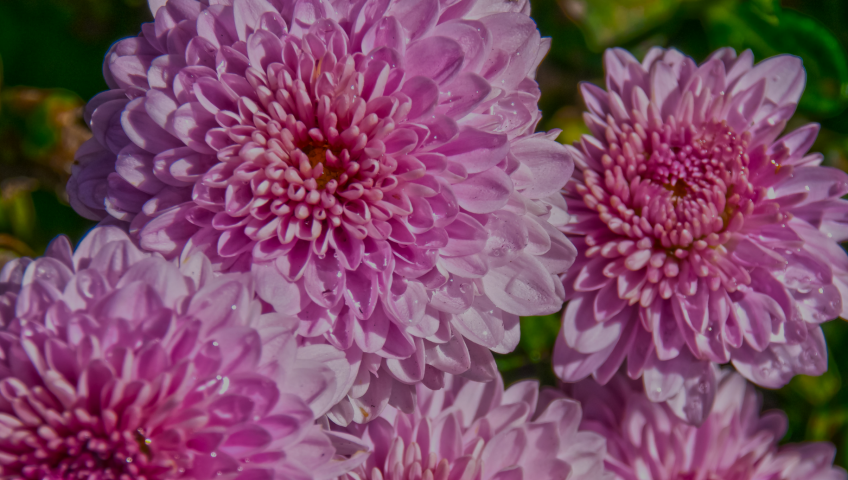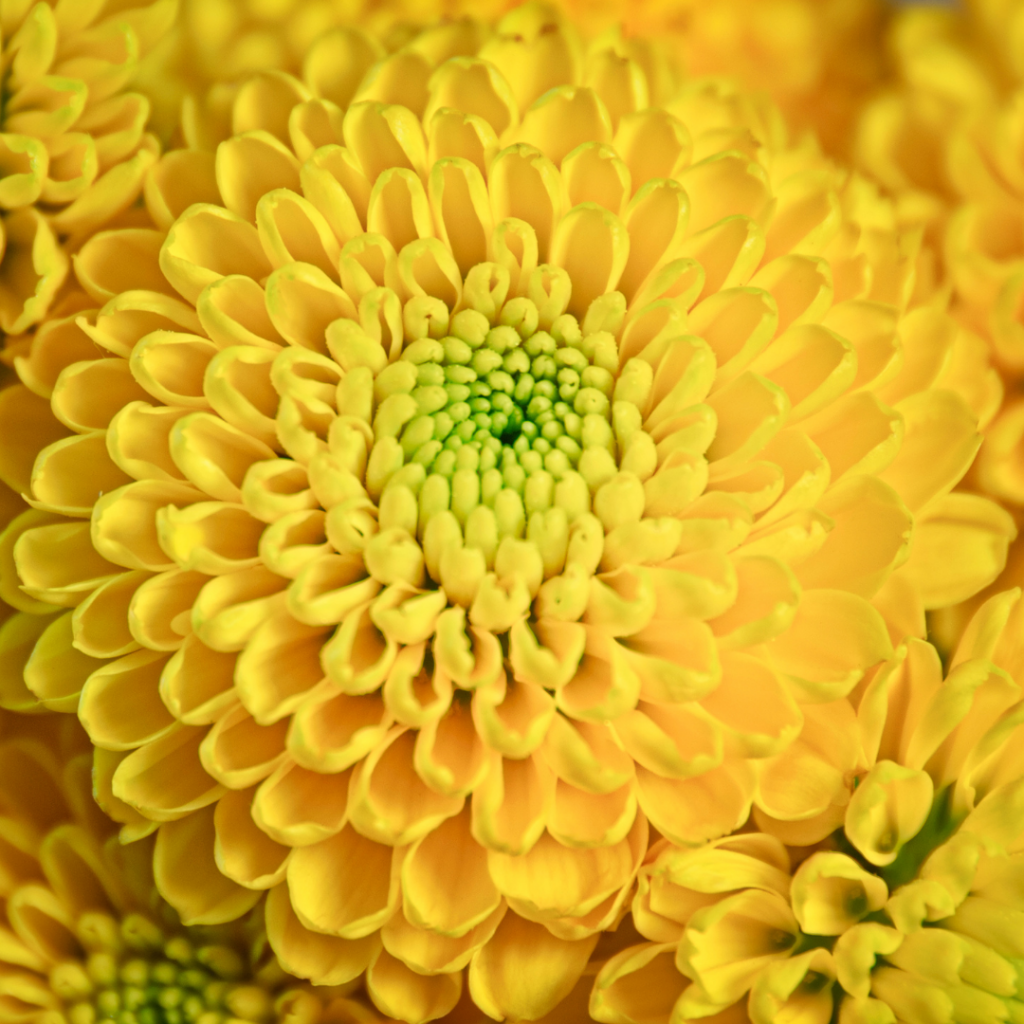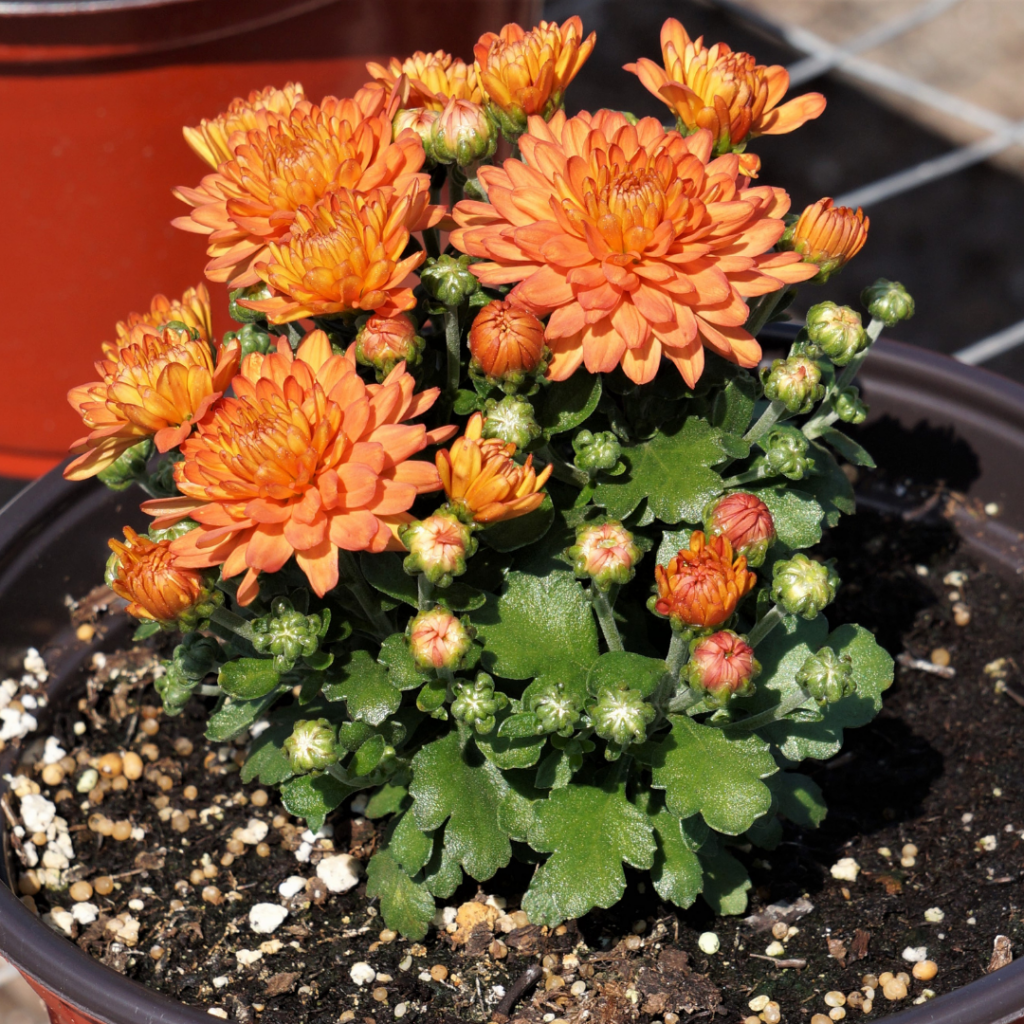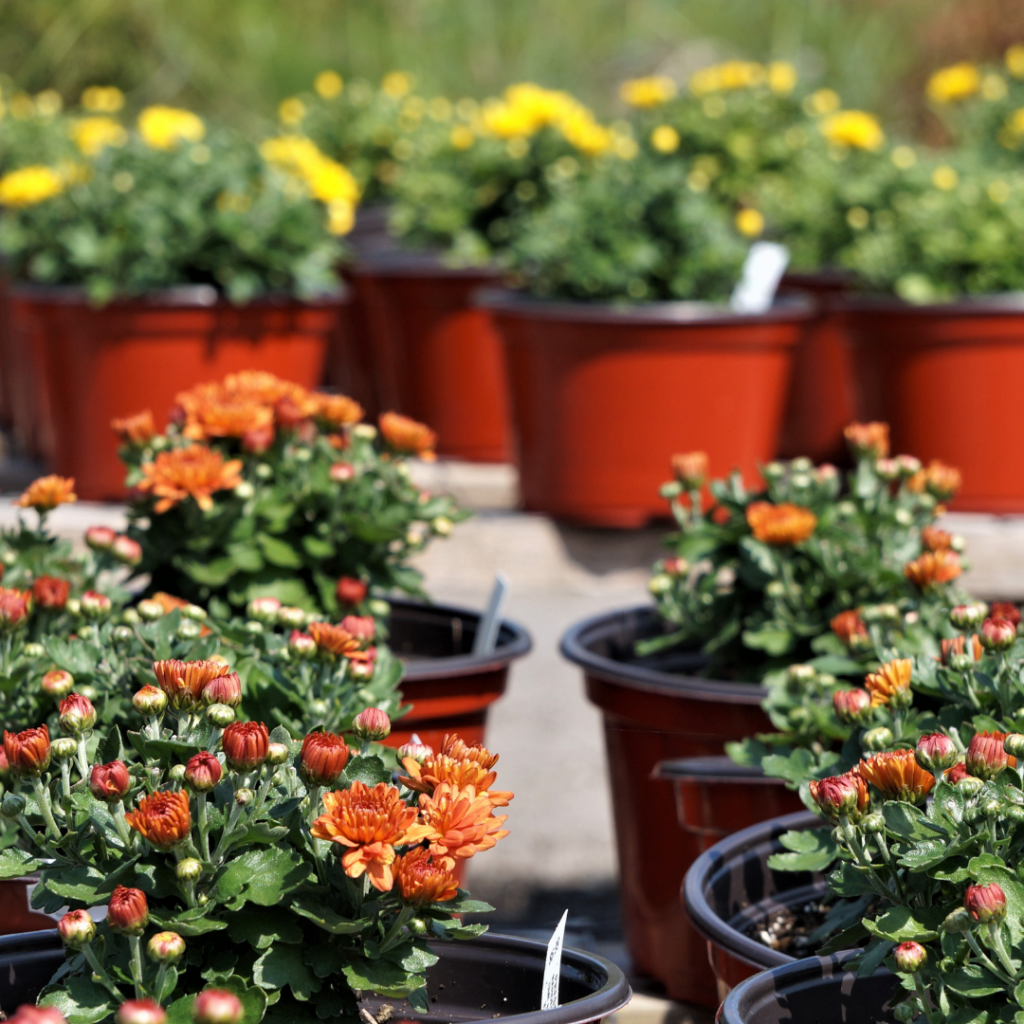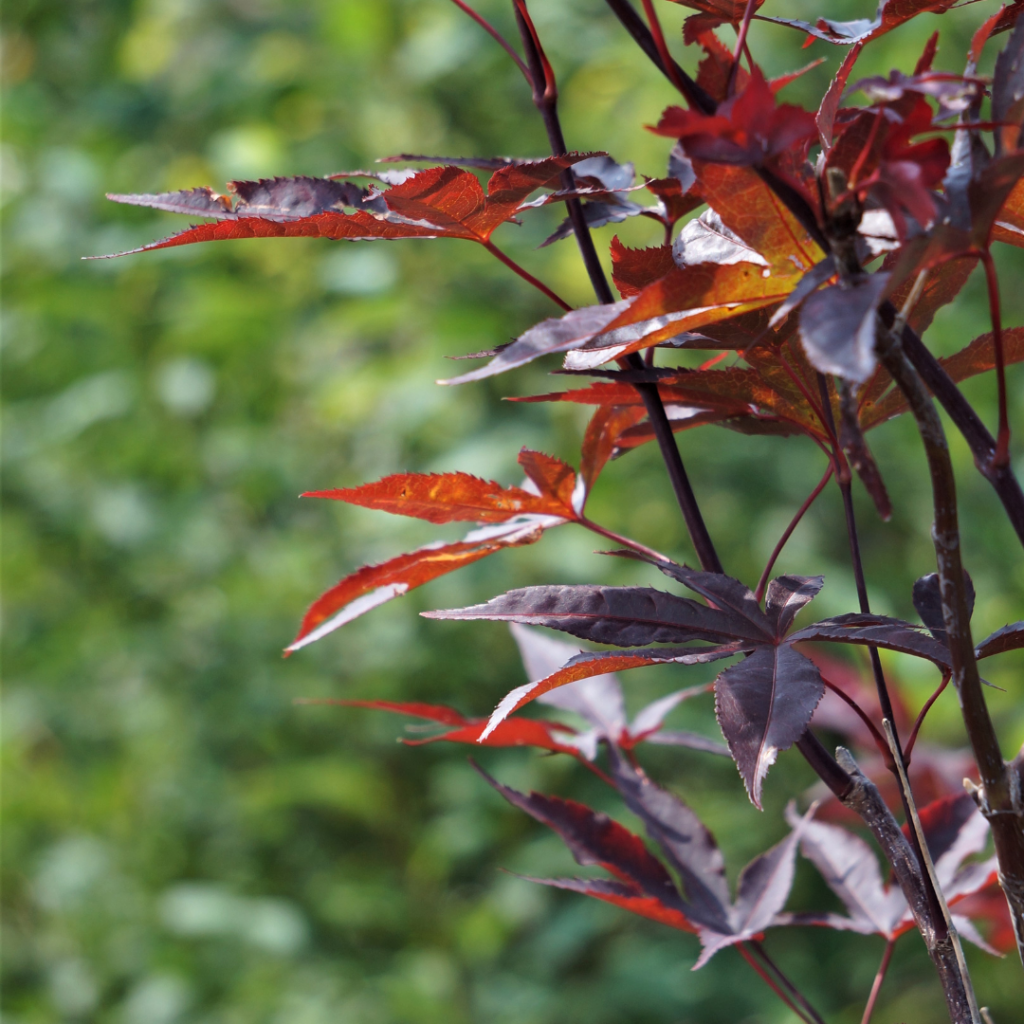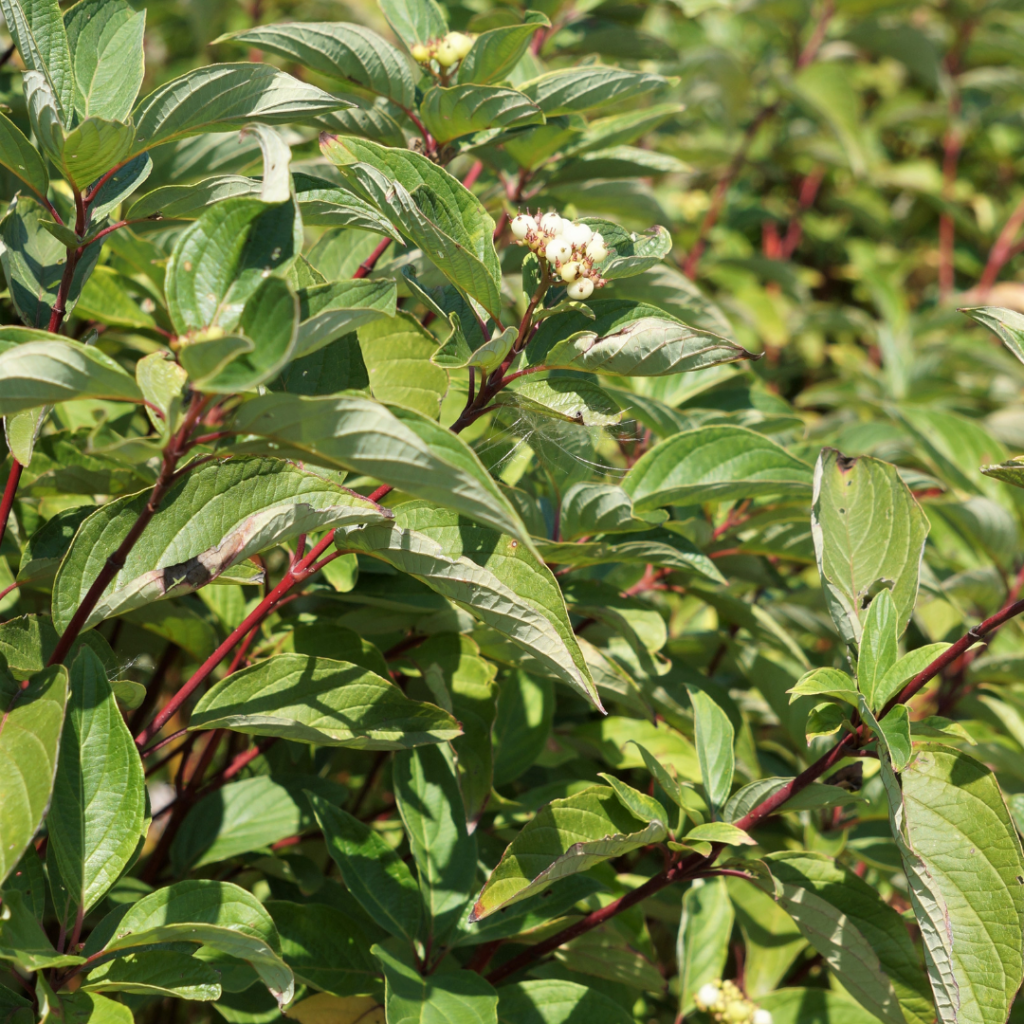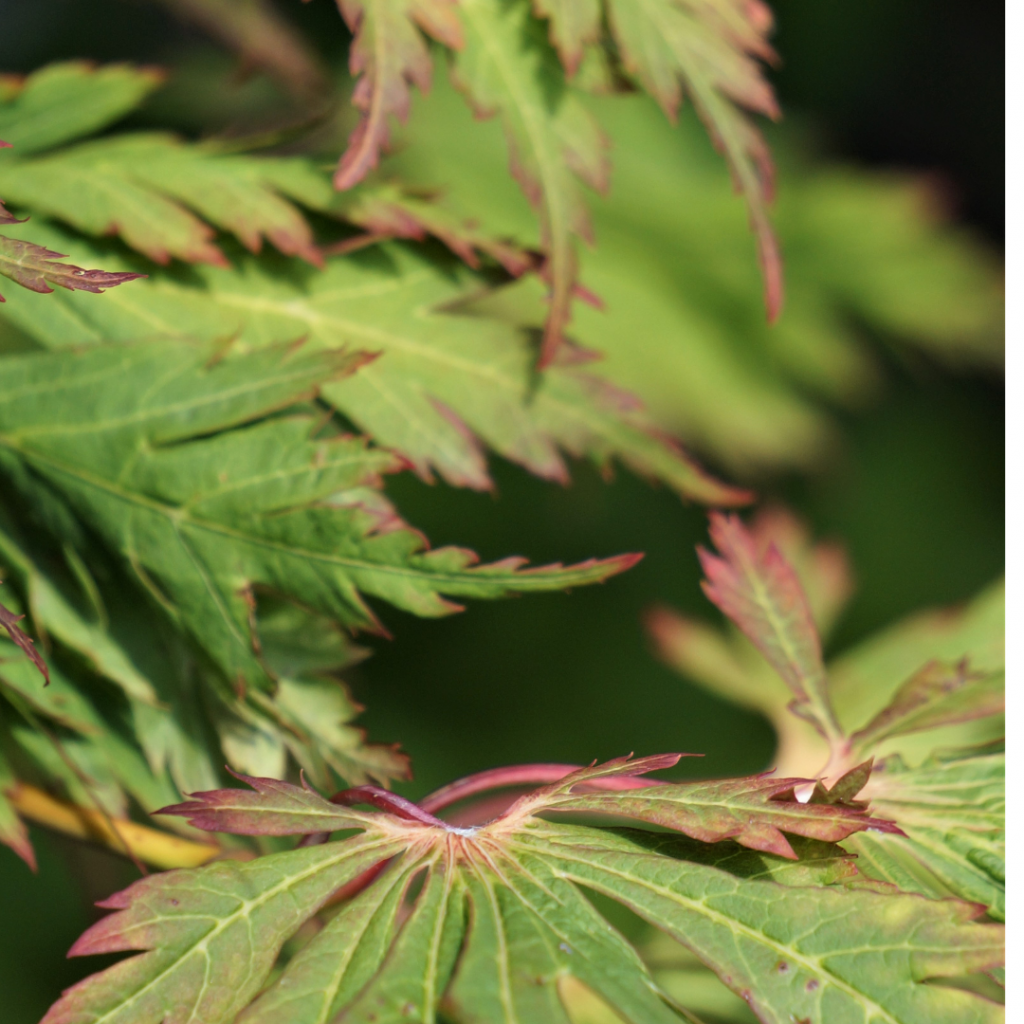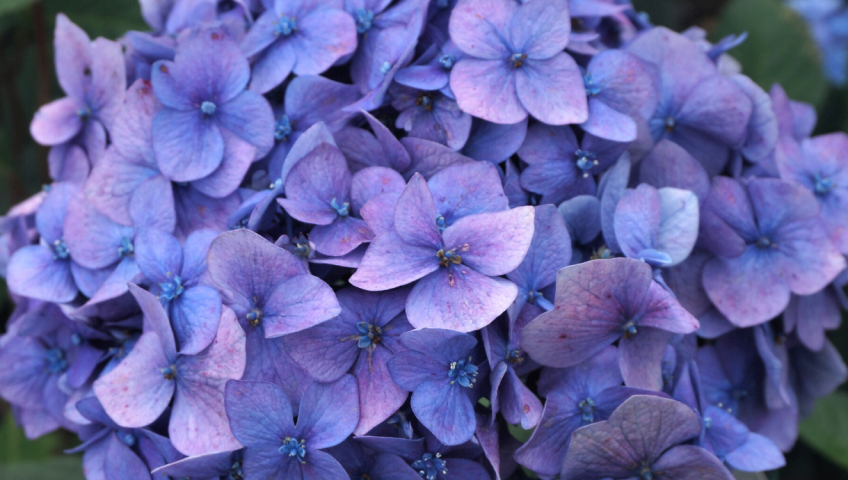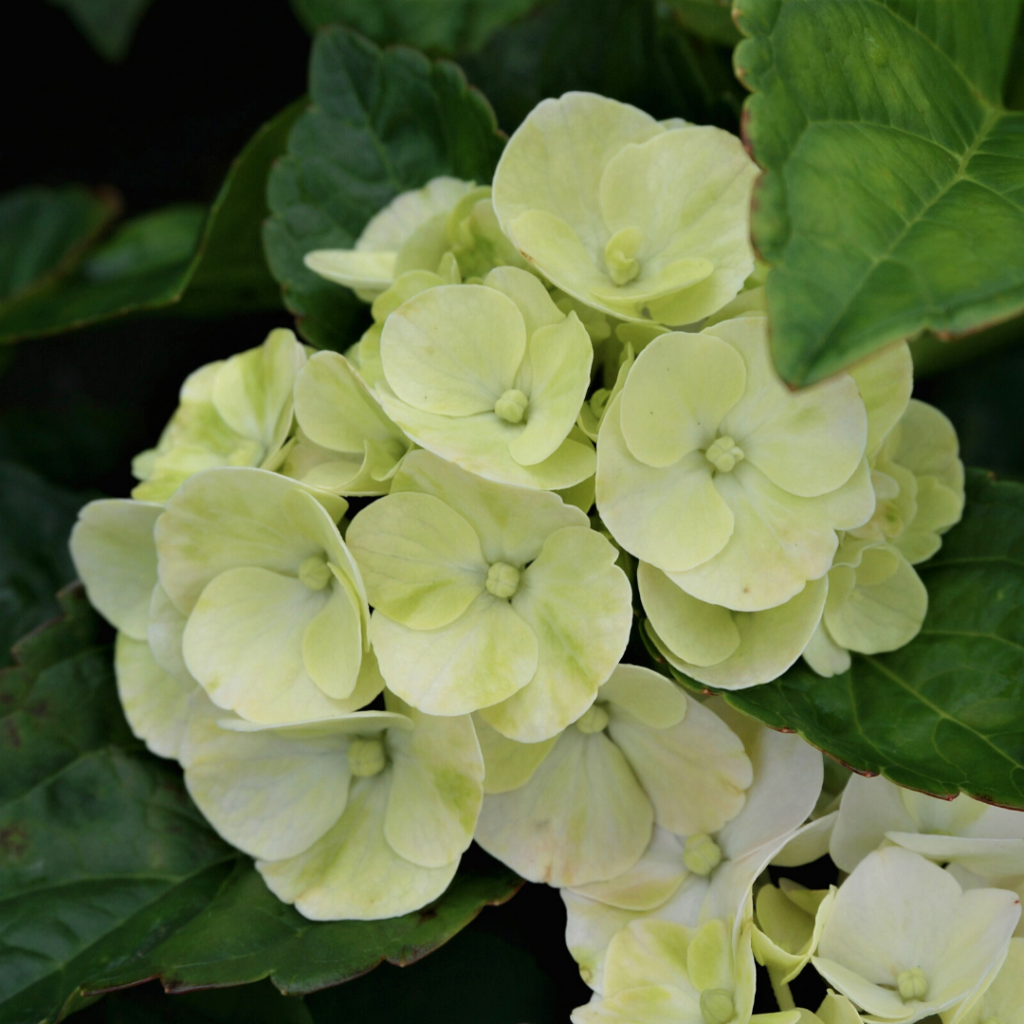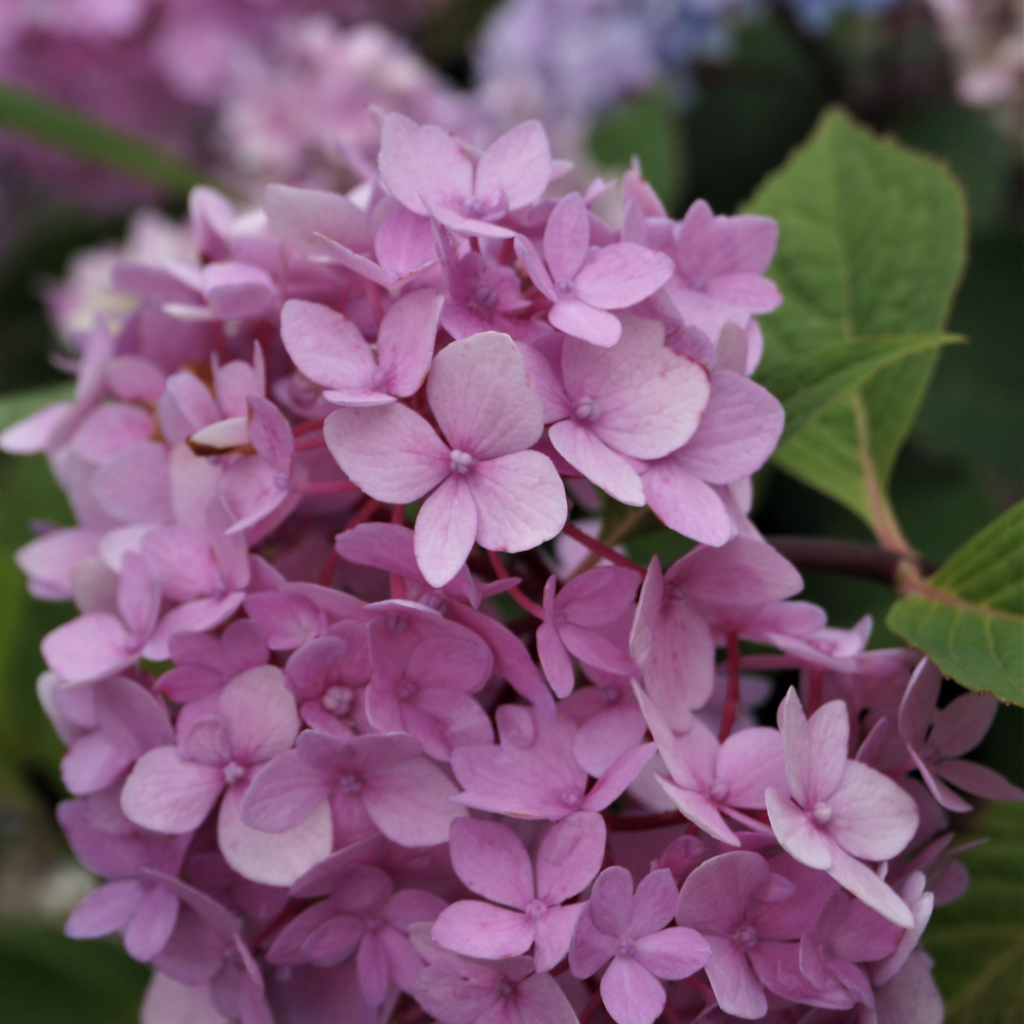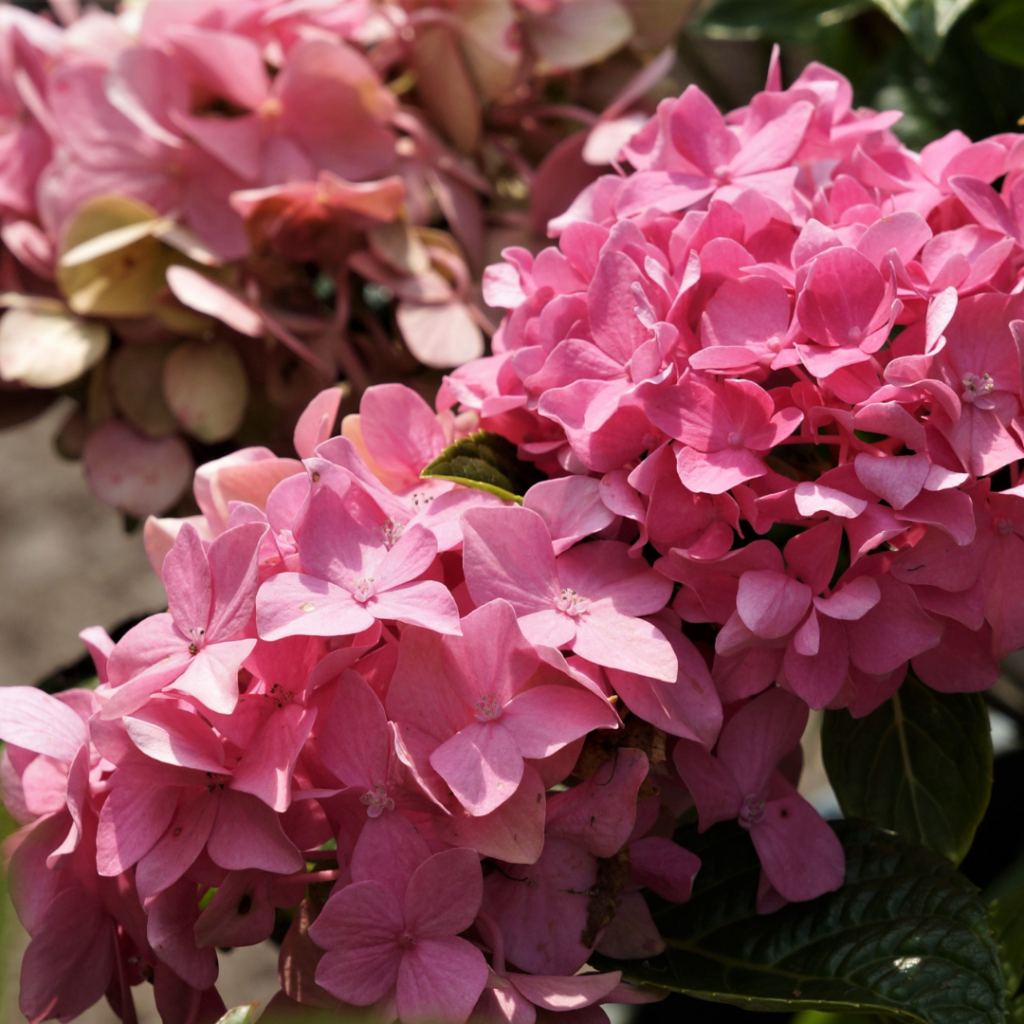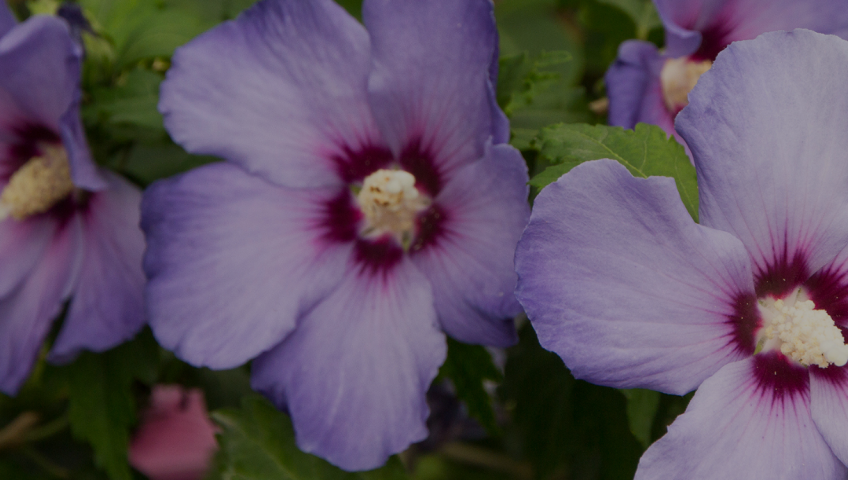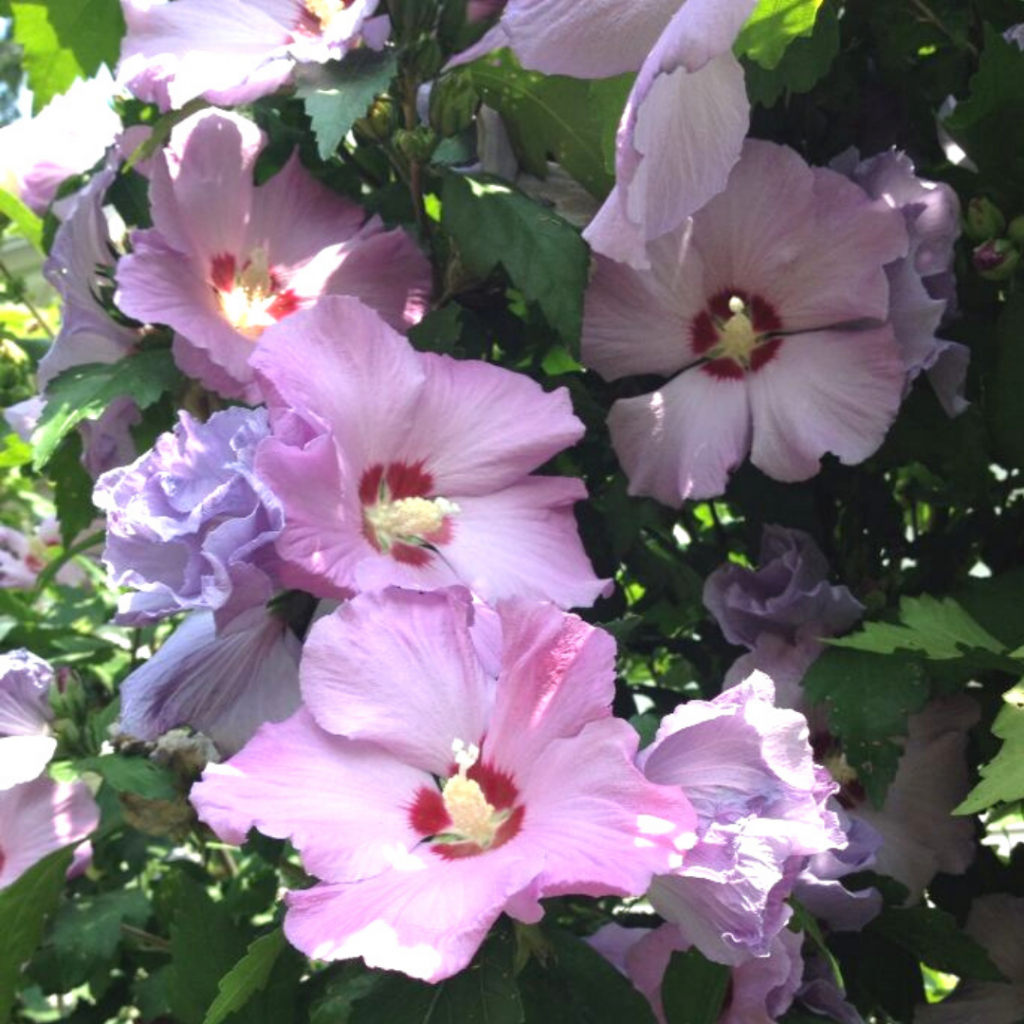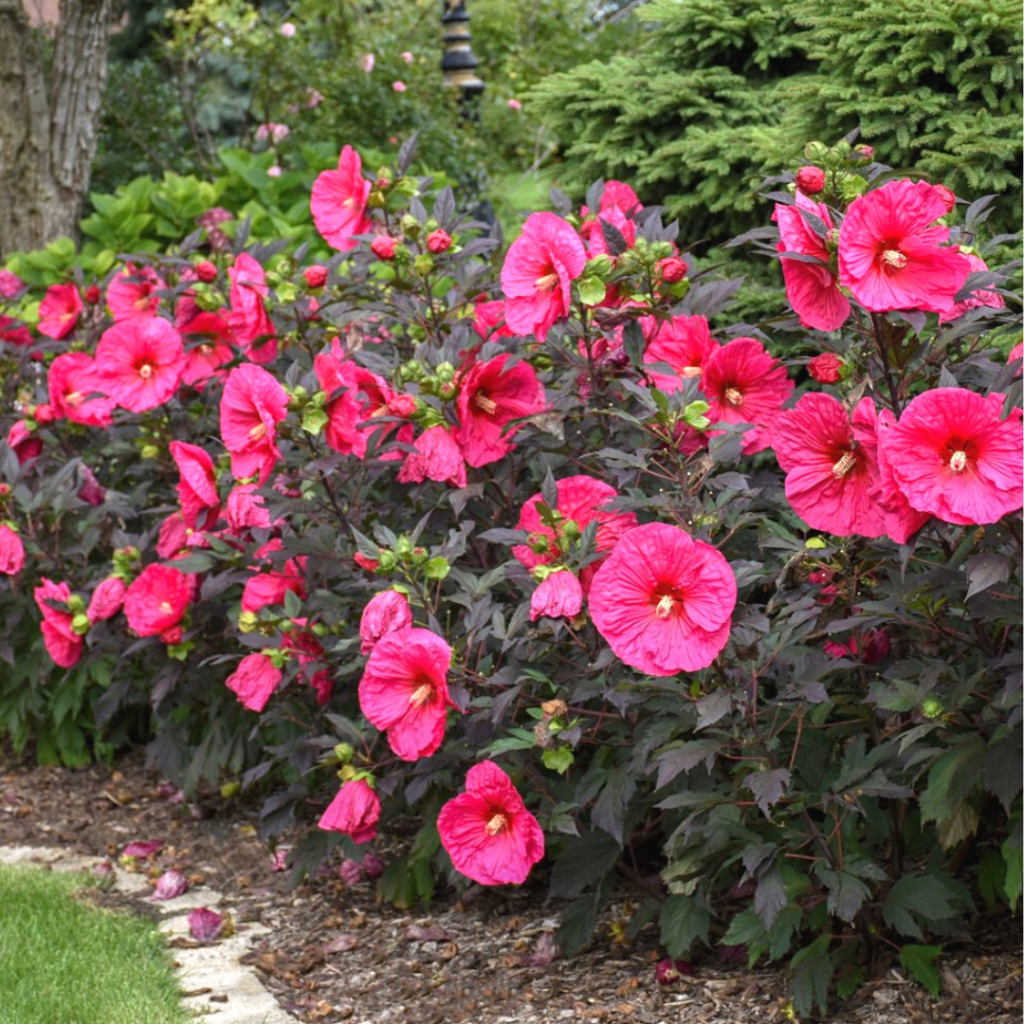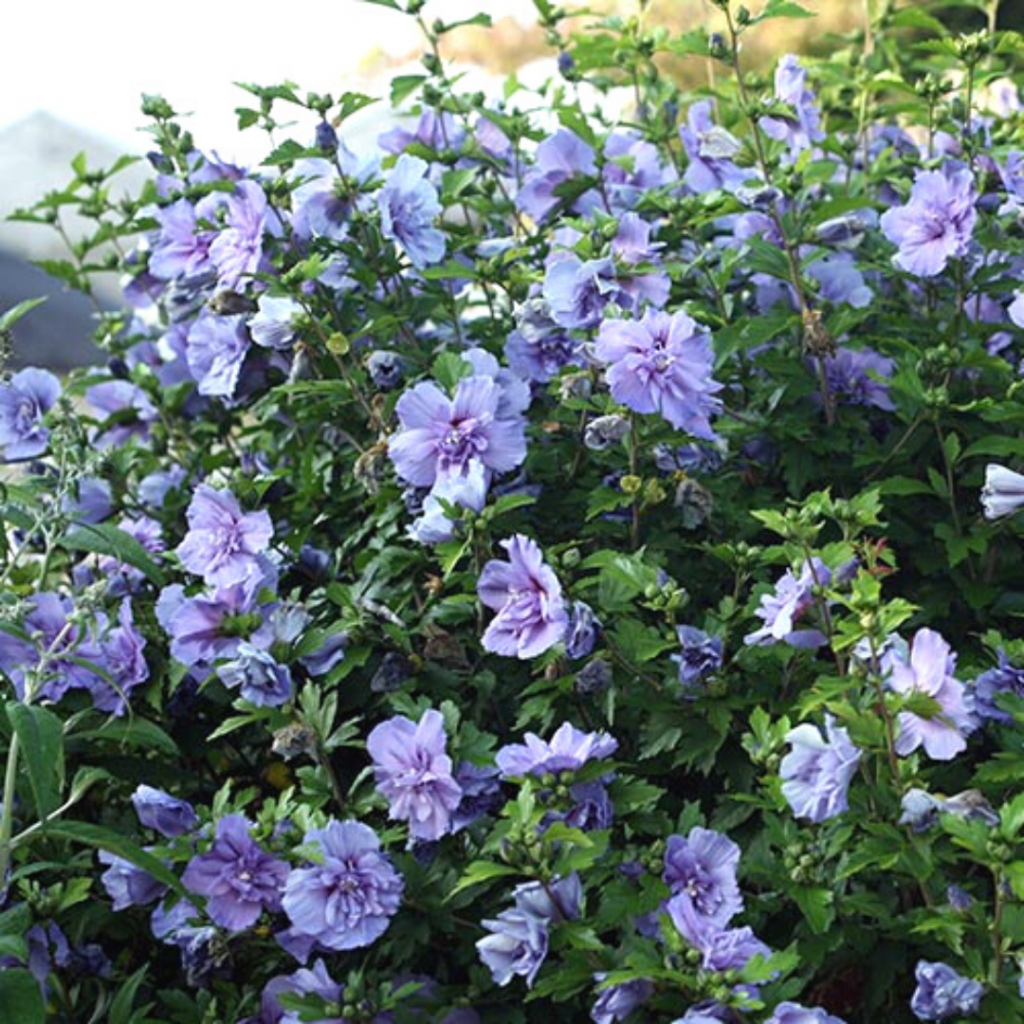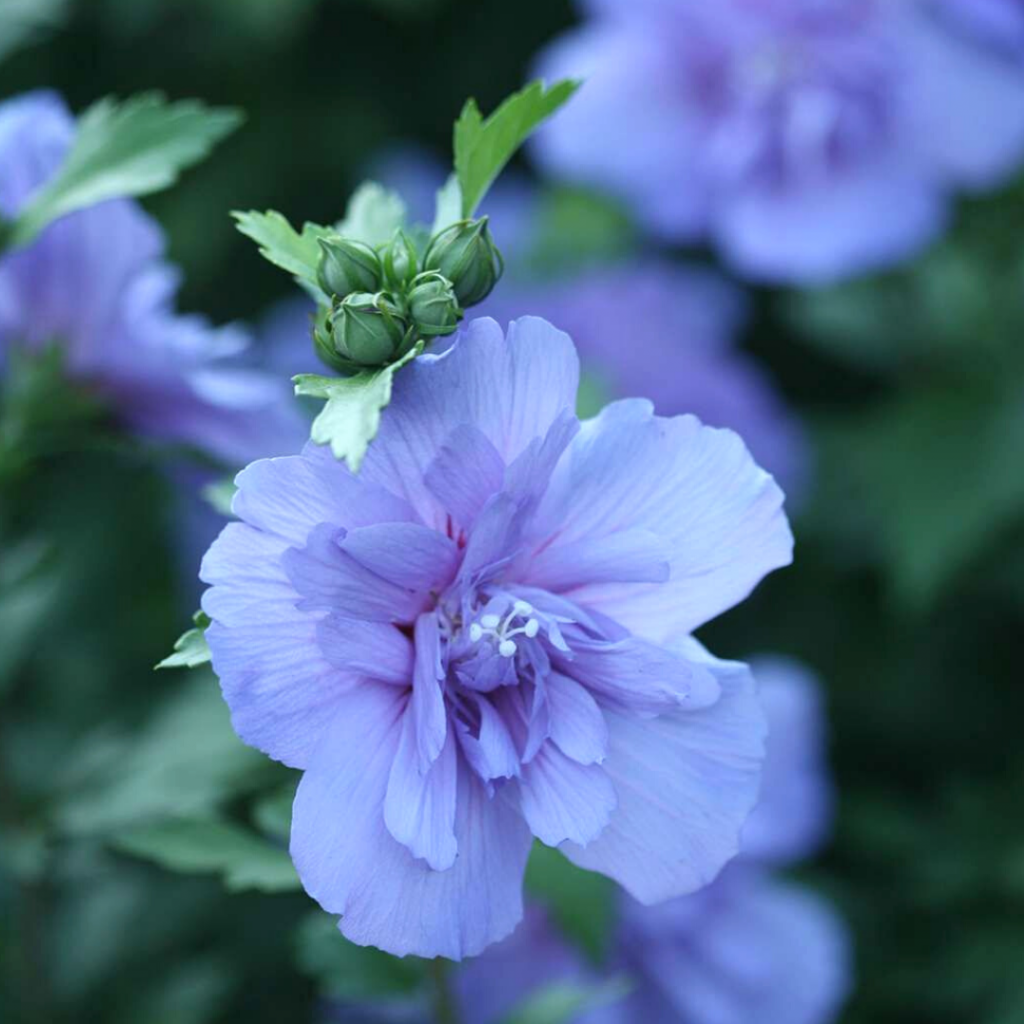Your cart is currently empty!
Do Tree Companies Still Work and Remove Trees in the Winter?
If you’re wondering whether tree removal companies still operate during the winter, the answer is a resounding yes! Even when the temperature drops and most of us are huddled indoors, there’s one company that’s hard at work year-round: Preston’s Tree & Landscape Service. We understand that many people may question the feasibility of tree removal in the winter, especially when it’s not an emergency situation. But rest assured, we’re here to meet your needs, no matter the season.
Why Choose Winter for Tree Removal
As you gaze upon your winter landscape, you’re likely compiling a mental checklist of tasks for your yard once spring arrives. Perhaps you’re planning to add new shrubs, cultivate a vegetable garden, or hang vibrant planters. If tree removal is on that list, we have fantastic news for you. You don’t need to wait until the warmer months to enlist the services of a professional tree removal company.
Ideal Conditions for Winter Tree Removal
Winter may not be the most inviting time for outdoor work, but it’s a perfect season for tree removal. At Preston’s Tree & Landscape Service, we stay busy throughout the winter, and here’s why. During this season, trees are in a state of dormancy, which is an optimal time for removal. With the leaves gone, there’s less debris to clean up, and the frozen ground minimizes damage to your yard.
Moreover, winter storms can wreak havoc on trees, requiring immediate attention. A broken tree poses a hazard no matter the season, and even with snow on the ground, it can be removed safely. Preston’s Tree and Landscape Service boasts both the equipment and expertise needed for year-round tree removal.
Get Started Today
Don’t hesitate to schedule a free estimate with us at 585-265-2490. We’re committed to providing tree removal services throughout the year, no matter the weather conditions. Financing options are available for all your projects, ensuring that you can address your tree removal needs promptly and conveniently.
In conclusion, when it comes to tree removal, winter is not a hindrance but an opportunity. Reach out to Preston’s Tree & Landscape Service and experience our year-round dedication to serving your tree removal needs.
Frequently Asked Questions About Winter Tree Removal
As experts in tree removal, we understand that you might have some questions about getting this service done during the winter. Here are some common queries and our answers to put your mind at ease:
1. Is it safe to remove trees in the winter?
Absolutely. Winter is a great time for tree removal. With trees in dormancy and the ground frozen, it’s often safer and more efficient to remove trees during this season.
2. Will the cold weather affect the tree removal process?
Our skilled professionals are well-equipped to handle tree removal in cold conditions. We take all necessary precautions to ensure a safe and effective removal process, no matter the temperature.
3. Can tree removal cause damage to my yard during the winter?
Winter’s frozen ground minimizes yard damage during tree removal. We take extra care to protect your landscape and minimize any potential impact.
4. What if there’s a winter storm?
Even during a winter storm, if a tree becomes a hazard, we can still safely remove it. Safety is our top priority, and we’re prepared to handle adverse weather conditions.
5. Can I schedule tree removal during any part of the winter season?
Yes, you can schedule tree removal at any time during the winter. We operate year-round to meet your needs, whether it’s early winter or late winter.
6. Is there a difference in cost for winter tree removal?
Our pricing remains competitive year-round. You can expect a fair and transparent estimate for your tree removal, regardless of the season.
7. How do I get started with winter tree removal?
It’s easy to get started. Simply give us a call at 585-265-2490, and we’ll schedule a free estimate at your convenience. We’ll discuss your needs and provide you with a plan tailored to your specific situation.
8. Do you offer financing for tree removal projects?
Yes, we do. Financing options are available to make tree removal more accessible and manageable for all our clients. We want to ensure that you can address your tree removal needs without financial stress.
